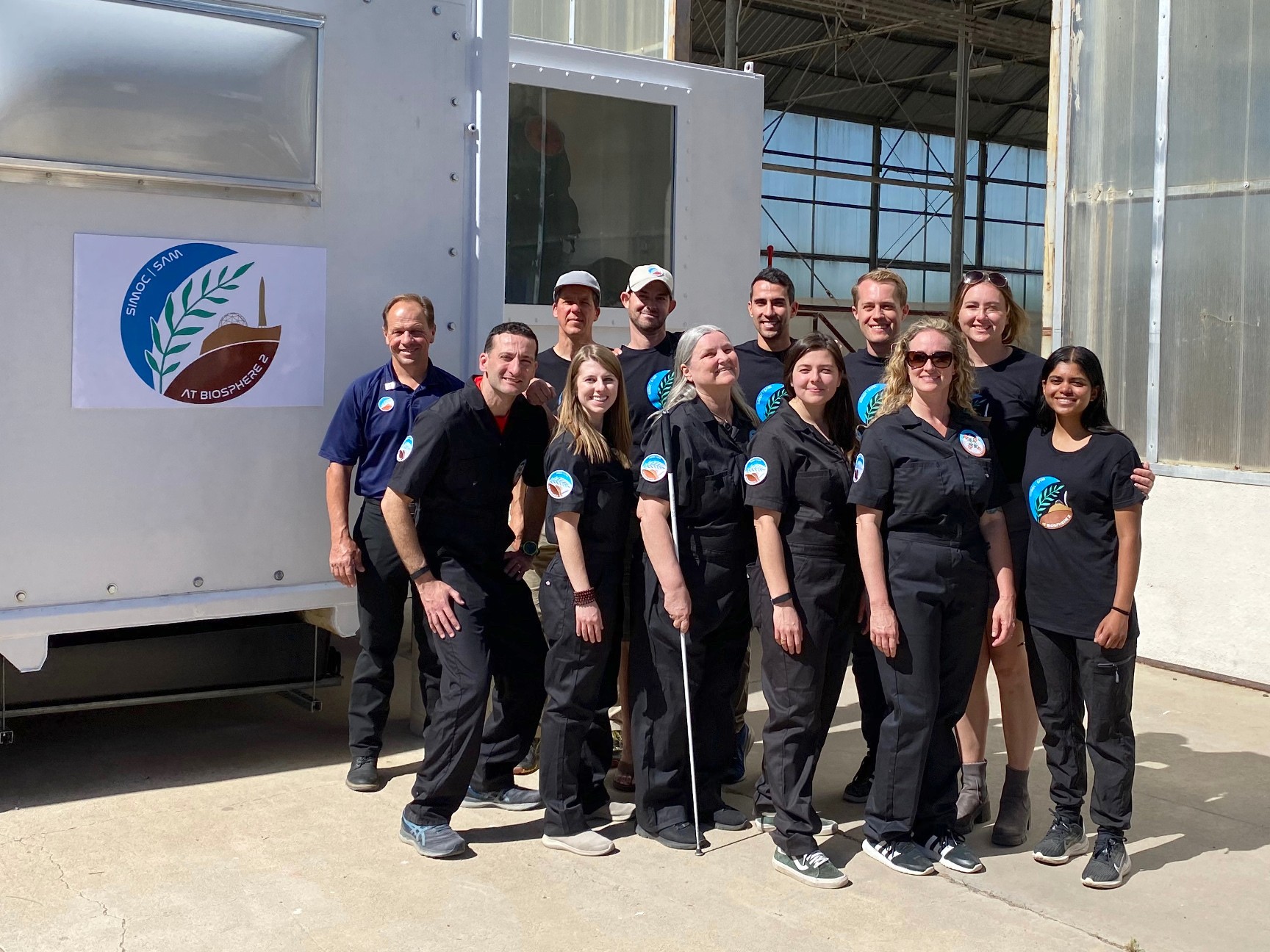
Pioneering inclusivity in space exploration: BGSU linguist makes a historic walk on simulated Martian terrain
Estimated Reading Time: 6 minutes
Listen to this story:
Dr. Sheri Wells-Jensen, who is blind, completed a remarkable journey during the Inclusion 1 mission toward equal access and representation in future space endeavors
After completing six days as part of a four-person crew locked inside a simulator designed to show what it could be like for humans to live and work on another planet, Dr. Sheri Wells-Jensen emerged optimistic about the ways that equal access for all might be put into practice on future space missions.
Wells-Jensen, who is blind, is an academic expert on disability and space and routinely contributes to research with the goal of making outer space accessible to disabled flyers. An associate professor of linguistics at Bowling Green State University, she also is a linguistic consultant for NASA's Europa Clipper project and is involved with Mission: AstroAccess, a project dedicated to promoting disability inclusion in space exploration. Building on her accessibility research, she lived inside the Space Analog for the Moon and Mars (SAM) facility earlier this year during the inaugural mission for Inclusion 1. The 1,200-square-foot SAM habitat is part of the Biosphere 2 project on the University of Arizona campus.
One aspect of her research role inside Inclusion 1 required that Wells-Jensen complete a walk through the prototype Mars/Lunar yard wearing a pressurized space suit.
“Part of the mission was to show that a mixed-ability crew could do the job,” she said, hopeful that such extensive situational testing will demonstrate that future space travel should be open to all.
“We wanted to show that you didn't need a crew of elite fighter pilots to do this – that these jobs could be done by other people.”
The Inclusion 1 simulation crew included a fine art photographer and curator to visually document the mission, a cardiologist who was also a two-time finalist as a NASA astronaut candidate and served as the mission medical officer, an aerospace systems expert from the Blue Origin program to work as the systems engineer, and Wells-Jensen, a Bowling Green State University linguistics professor.
“We were about as different as we could be,” she said.
The project took place in the shadow of the Biosphere 2 module where, 30 years ago, eight people were sealed inside an artificial habitat for two years in a project that sought to research how humans could increase the sustainability and resilience of the delicate ecosystems on the planet.
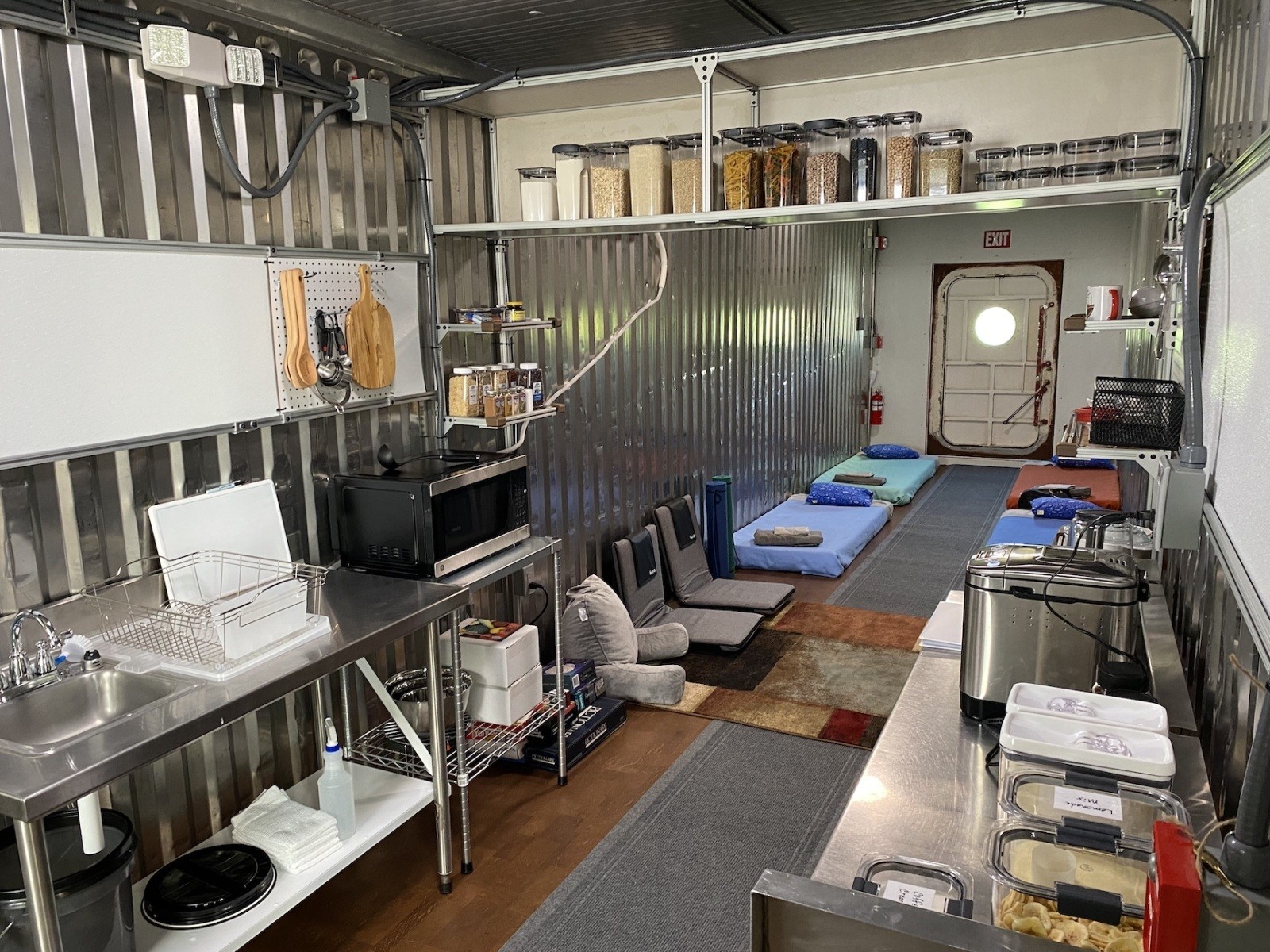
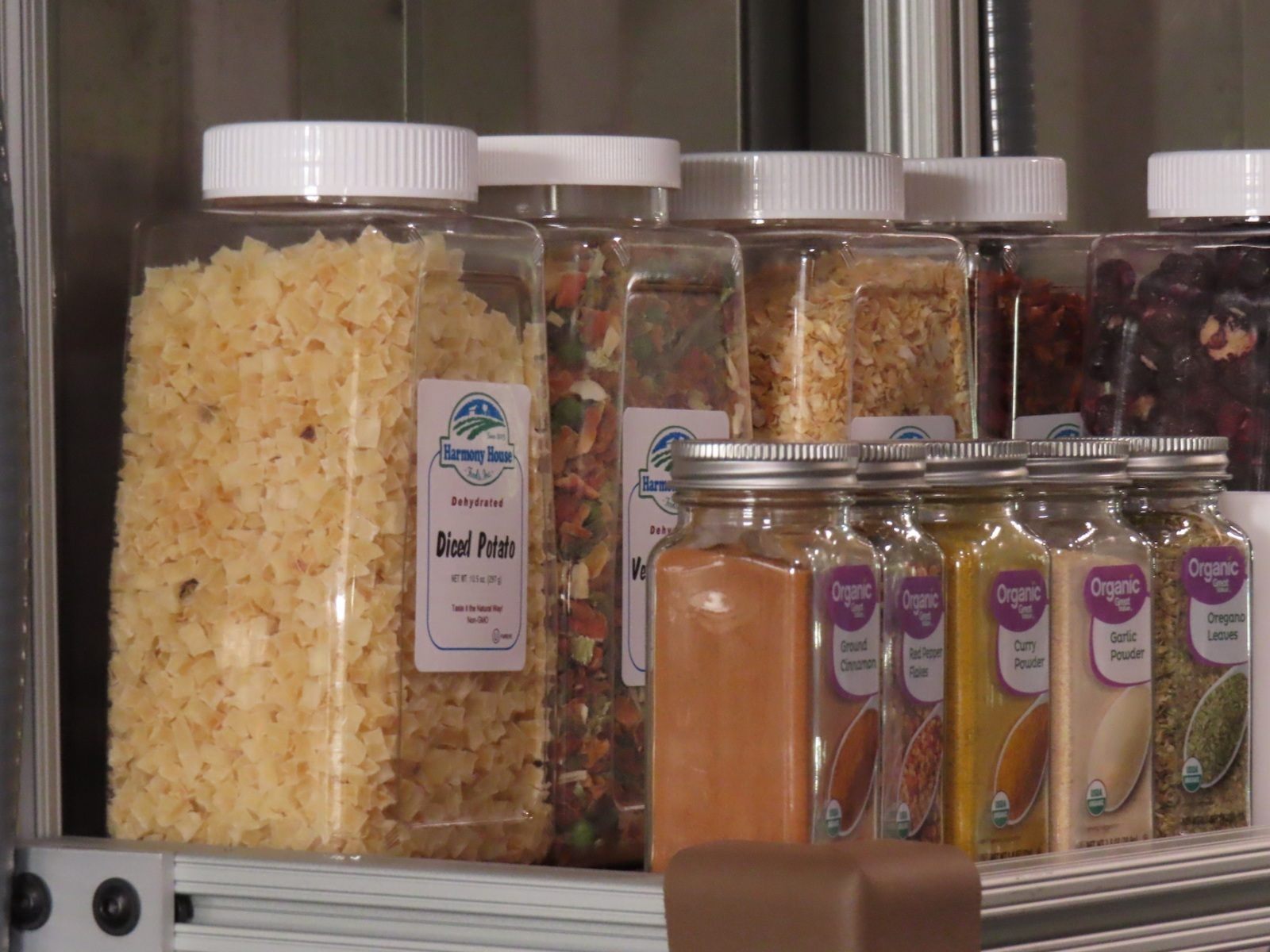
About the Biosphere 2 SAM facility
Kai Staats, the director of research for the SAM facility at Biosphere 2, said it is an analog habitat where scientists hope to glean significant information on how humans can best function in outer space.
"It's a machine, it's a spaceship without rockets," Staats said.
The four-person crew that Wells-Jensen was a part of had just 55 gallons of water for their mission, and the food they utilized was freeze-dried and dehydrated to mimic what the residents of a station on Mars or the moon would have on hand.
She said that as part of this analog astronaut mission inside Inclusion 1, the group performed a wide range of tests of equipment and scientific principles in a habitat where the resources and time were highly limited, similar to what would be experienced on a space mission.
“You are doing a dry run and you walk this fine line between play and pretend,” Wells-Jensen said.
“What you have is what you have, so you are doing everything possible to simulate the circumstances and give people the experience of being on the moon or in another outer space habitat. You do whatever it is you would have done if you were really living on the moon.”
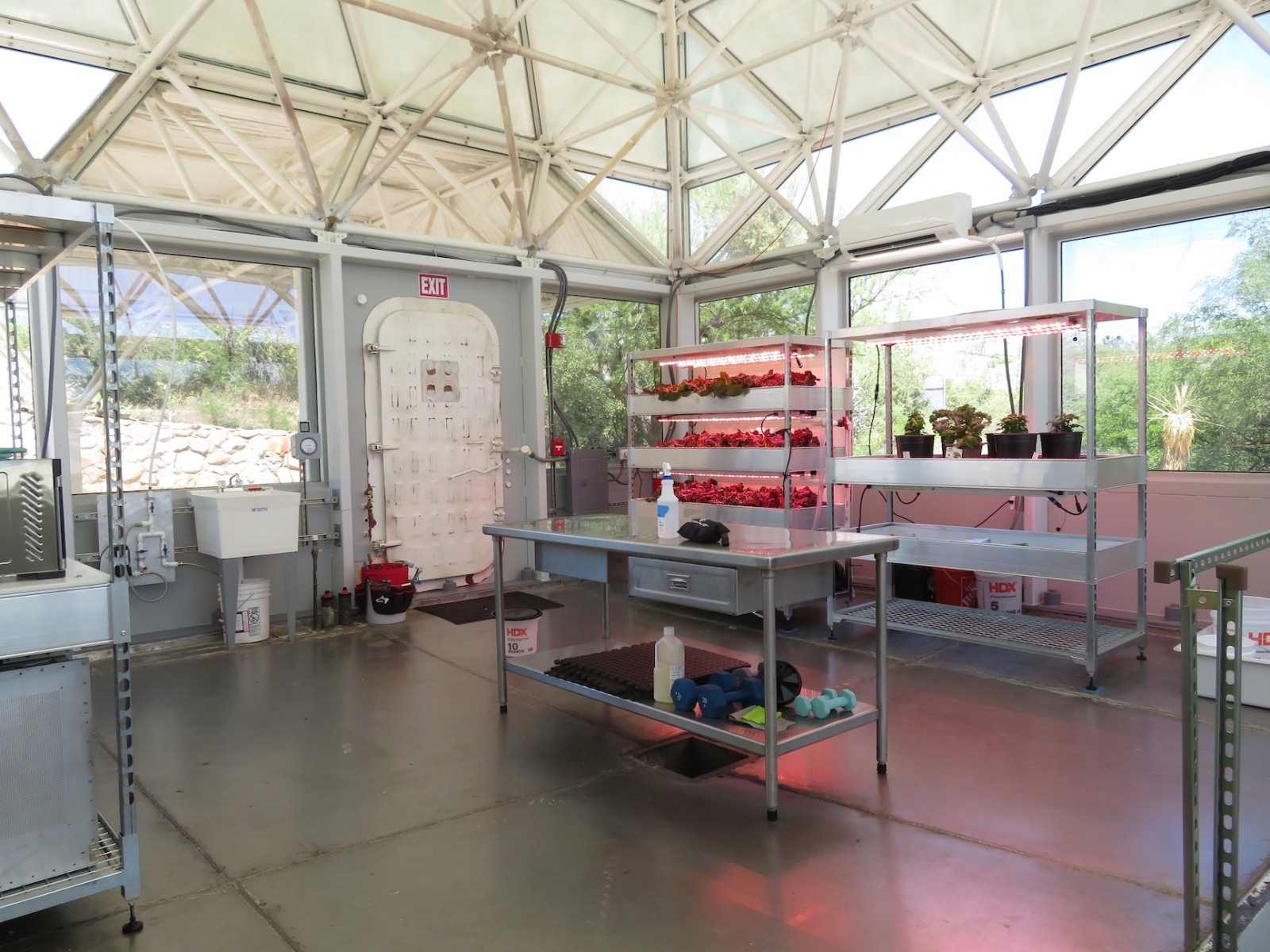
Wells-Jensen's Historic Walk
One of the most anticipated aspects of the Inclusion 1 team's stay in the lab was an external walk by Wells-Jensen that required her to move about through the prototype's yard, an area of the sealed enclosure that was filled with fine basalt and rocks that mimicked the Martian and lunar surfaces.
Since Wells-Jensen depends on audio cues as she moves about her surroundings, the simulated space walk was particularly challenging. The sound of moving air is constant in the pressurized space suit, which made it nearly impossible for her to hear her boots as she worked across the loose surface, or the tap of her cane against any obstacles in her path.
She passed through the simulated Martian surface and expertly completed what Staats considered a historic walk.
"This is quite likely the first time a blind person has maneuvered across simulated Martian terrain in a pressurized space suit while breathing air through an umbilical cord drawn from a pressurized habitat," he said.
During this complex exercise, Wells-Jensen had to exit the main habitat, locate the target area, maintain situational awareness, collect samples, return to the habitat and cycle back through the airlock. Radio contact with the rest of the team was there to make sure air was still flowing and everything was going as planned, but Wells-Jensen needed to traverse the area without outside guidance.
“We were all a little bit anxious, working with new equipment and the instruments we had in the habitat to detect oxygen and carbon dioxide levels, but we felt like we knew and trusted the habitat and the people who built it,” she said.
Wells-Jensen hopes that her experience in the Inclusion 1 project will encourage space exploration entities to open their hatch doors to people of all descriptions and capabilities.
“We did the job and I am very proud to have been the first disabled person in there conducting science in the habitat,” she said. “It is not that disabled people can't do these jobs, it is about the access and mechanisms.”
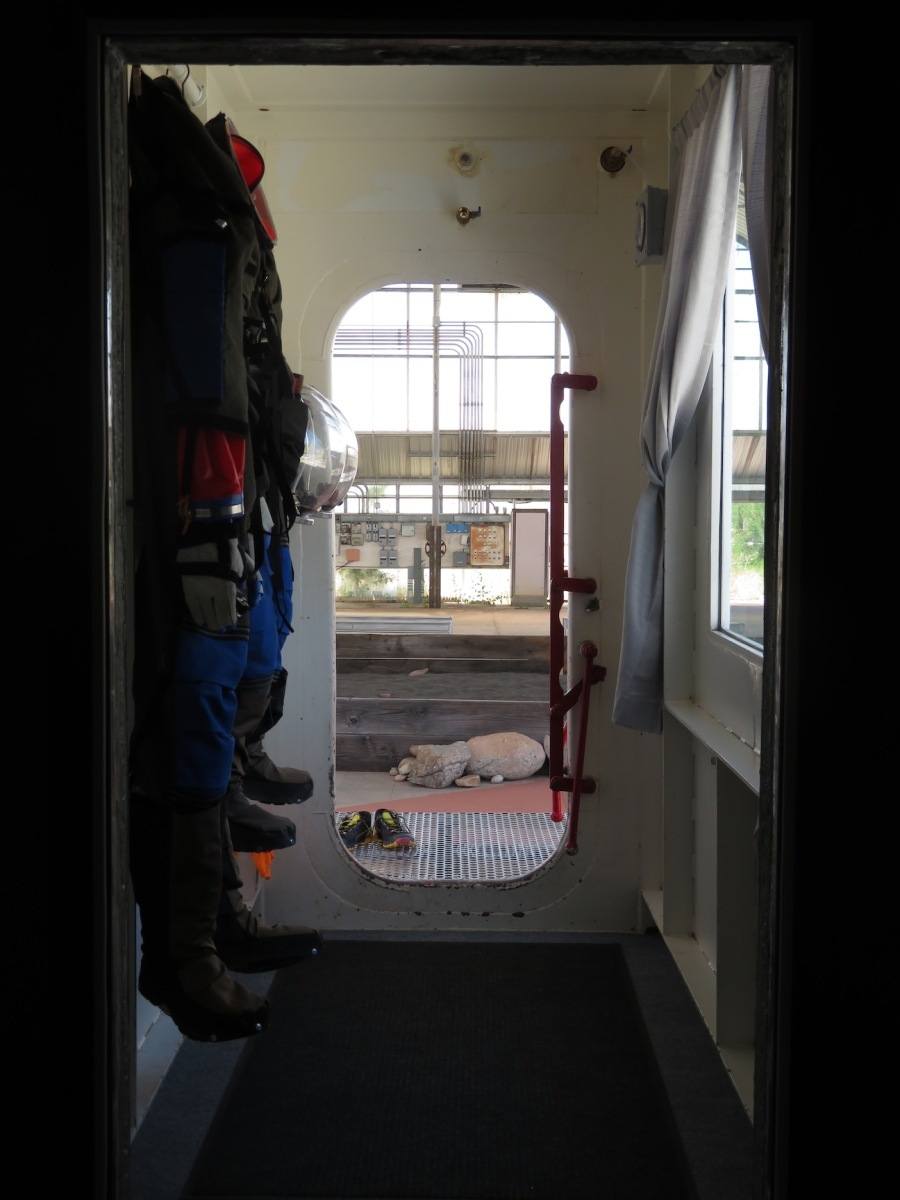
Researching access to space
Wells-Jensen, who teaches in the linguistics/TESOL program at BGSU, conducts research in disability studies and the relationship between language, embodiment and thought. Her work also includes examining the social aspects of human space colonization and the potential linguistic components of extraterrestrial message construction.
Wells-Jensen is currently working in Washington, D.C., in a nine-month research program as the 2023 Baruch S. Blumberg NASA/Library of Congress chair in Astrobiology, Exploration, and Scientific Innovation. Her primary work centers on conducting foundational research and writing on access to space by disabled people.
She also continues to look at how a message to beings in the realm of outer space would be constructed.
“If there is life in other star systems and planets, the only way to contact them is by radio, since we don't share a language and we can't teach each other our language,” she said. “The only thing you have is the knowledge that they have the capability to receive your message from 20 light-years or more away. As a linguist, I am interested in just how you construct that message.”
Her nationally recognized skills as a linguist brought Wells-Jensen to the production of the third season of the “Star Trek: Discovery” television series where she served as a linguistic consultant. The storyline had the crew of the spaceship attempting to communicate with an alien while the ship's translator device was inoperable.
“It was amazing to get that gig,” she said. “We got to set up a language that was not translateable, and then set up how they would eventually break through. There were a lot of Zoom calls and I was just so excited that the 12-year-old me about died!”
Wells-Jensen, who also has spoken to the U.N. and taken part in parabolic flights that examined how to make outer space exploration accessible to disabled individuals, said her work in these space-related studies gives her encouragement about the future of our world, and beyond.
“That was always the dream universe to me, one where humanity did work out and we survived as a species in this world where people try to do right,” she said.
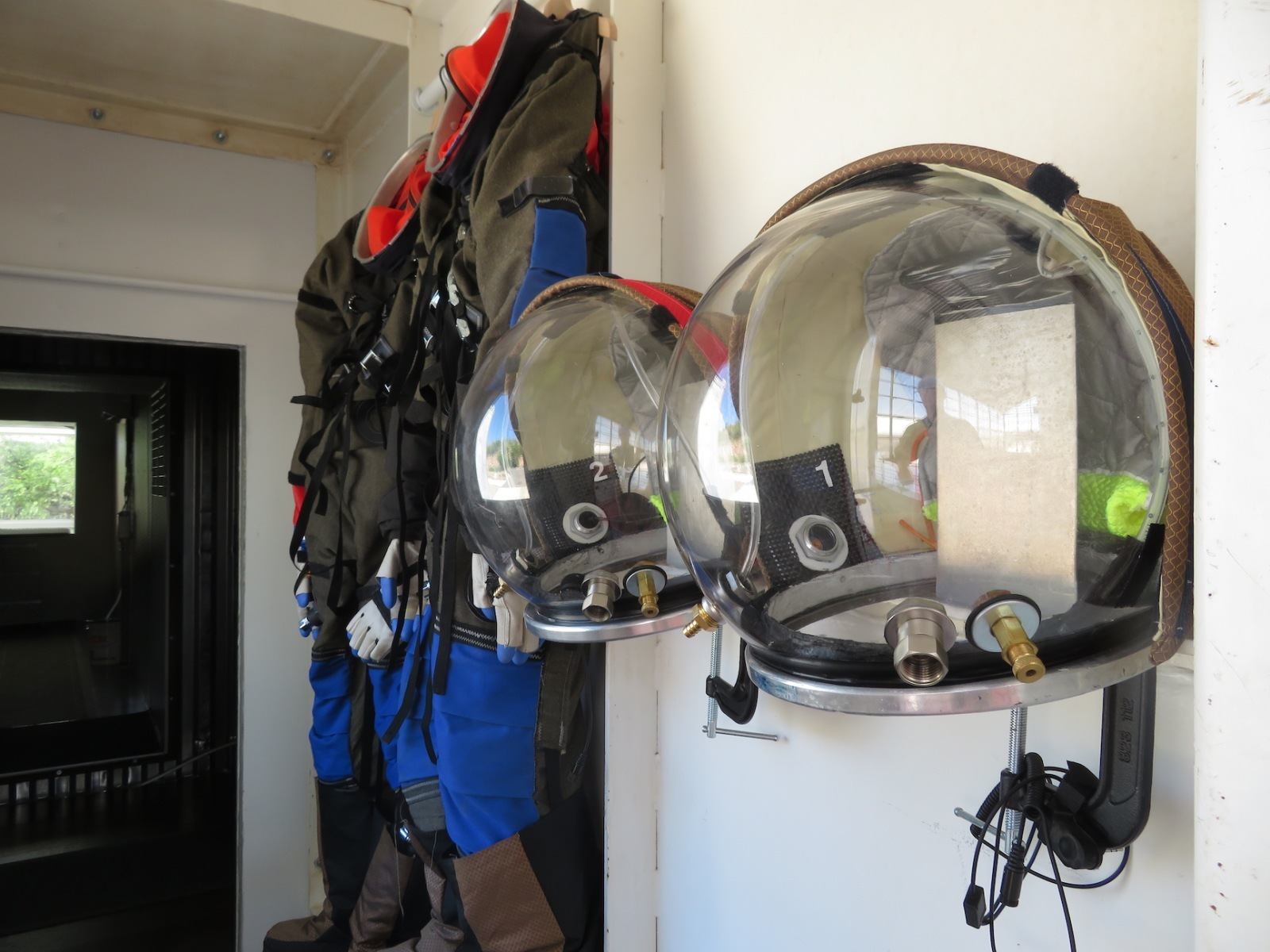
Related Stories
Media Contact | Michael Bratton | mbratto@bgsu.edu | 419-372-6349
Updated: 11/13/2023 11:54AM



